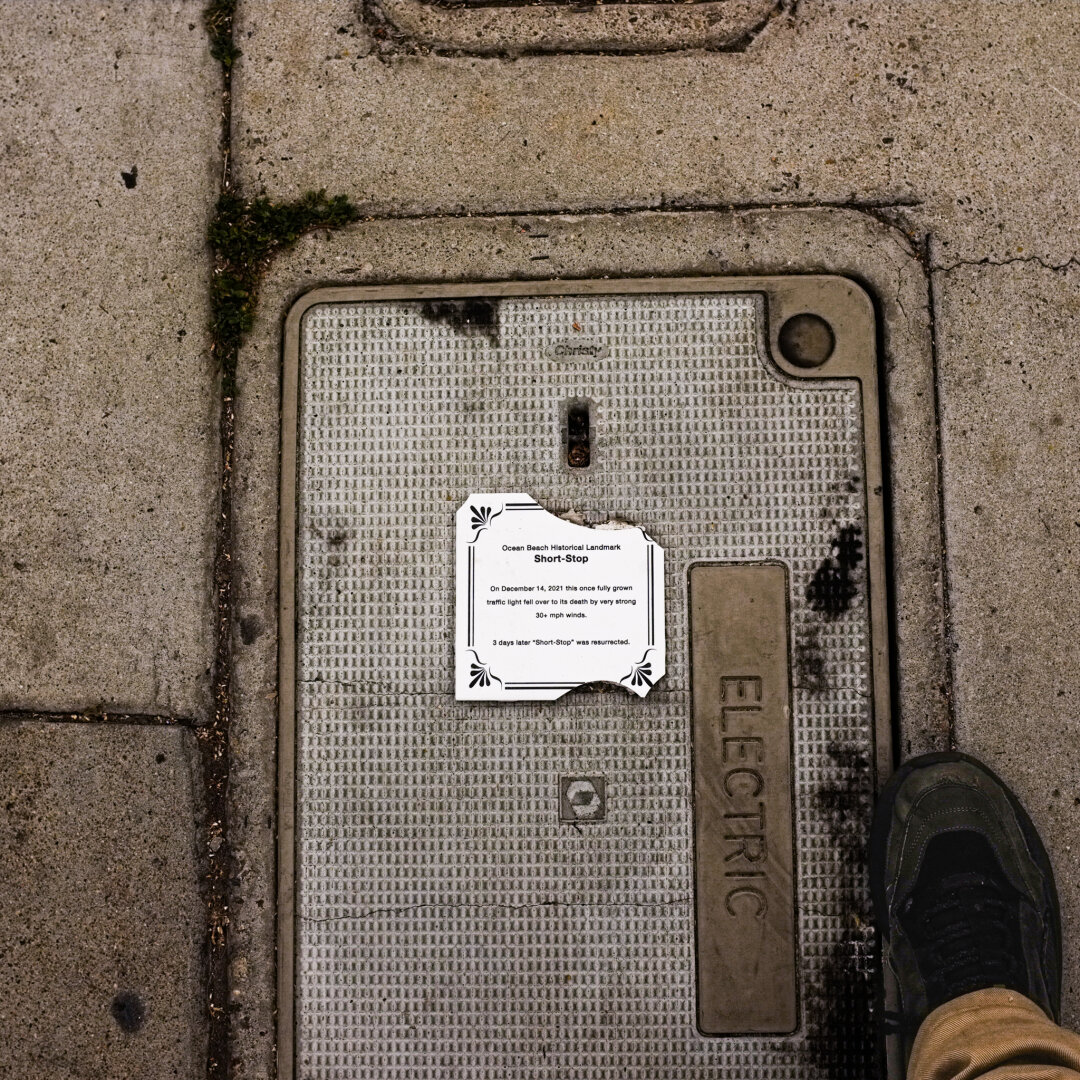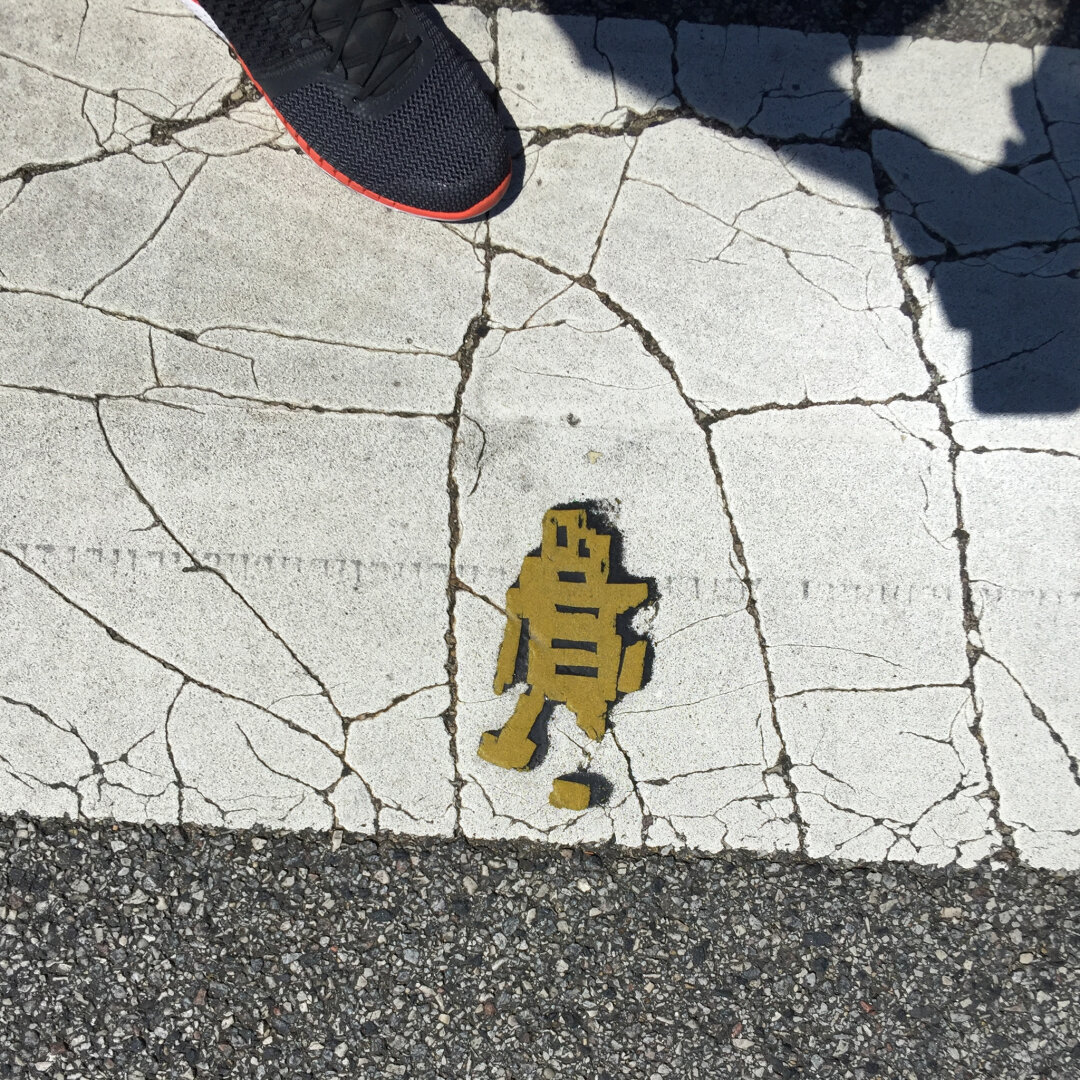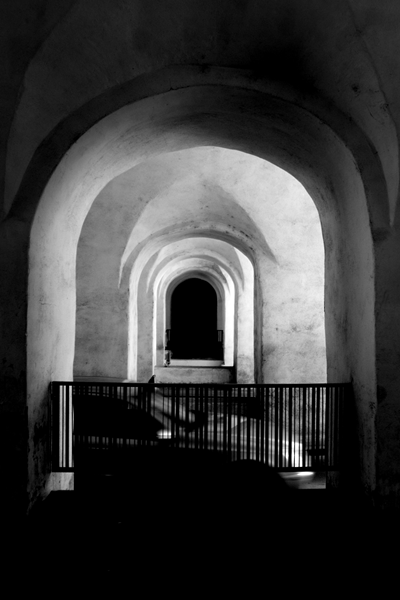ENDLESS
I took this picture at the Maria Theresia Bastion in Timisoara.
Album: https://sid-debona.blogspot.com/2014/05/
I don't really come on here so if you want to contact me or keep up with what I post you can find me on Mastodon: https://mementomori.social/@sid
#photography #urbanphotography #urbanexploration #timisoara #timișoararomania #romania #blackandwhitephotography
#FotoVorschlag
“Verloren im Dunst” / Lost in the mist
An old favorite. I was aiming for a simple image of Manhattan buildings in fog, when this gull decided to contribute. Best photobomb ever.
#photography #urbanphotography #streetphotography #seagull #fog #nyc
#FotoVorschlag
“Verloren im Dunst” / Lost in the mist
An old favorite. I was aiming for a simple image of Manhattan buildings in fog, when this gull decided to contribute. Best photobomb ever.
#photography #urbanphotography #streetphotography #seagull #fog #nyc
Some post-election pumpkins on a New York stoop for #Doorsday.
#photography #urbanphotography #streetphotography #autumnvibes #pumpkins #pumpkincarving #ZohranMamdani #brooklyn #nyc
Some post-election pumpkins on a New York stoop for #Doorsday.
#photography #urbanphotography #streetphotography #autumnvibes #pumpkins #pumpkincarving #ZohranMamdani #brooklyn #nyc
#FotoVorschlag
“Joker, Freispiel” / Free or bonus play, as you please
I’ve been hanging onto this photo of sunlight streaming through the street grates above the 59th Street station in Manhattan and never knew quite what to do with it, so here it is.
(Also, I guess I finally have an entry for #TrainTrackTuesday!)
#photography #streetphotography #urbanphotography #lightandshadow #subway #nyc
#FotoVorschlag
“Joker, Freispiel” / Free or bonus play, as you please
I’ve been hanging onto this photo of sunlight streaming through the street grates above the 59th Street station in Manhattan and never knew quite what to do with it, so here it is.
(Also, I guess I finally have an entry for #TrainTrackTuesday!)
#photography #streetphotography #urbanphotography #lightandshadow #subway #nyc
Life is a curve
#Photography #Photo #Picture #Pic #SilentSunday #CityPhotography #Ferrara #Italia #Italy #UrbanPhotography
The window is for #FensterFreitag.
The tower behind it adds a touch of charm.
#WindowFriday #Photography #Photo #Ferrara #Italia #Italy #CityPhotography #UrbanPhotography
one thing I love about my area is that years later, I've STILL not seen all the murals there are to see ☺️
#photography #urban #urbanphotography #street #streetphotography #streetart #mural #raven #birds
Liziba Monorail Station, where the #trains go through a residential building! 🚈 (Which do you think came first? The answer: Both the station and the #building were actually constructed together!) Chongqing, #China.
#Train #Transit #Transportation #PublicTransit #Rail #Railway #Architecture #Buildings #City #Cityscape #Urban #UrbanPlanning #UrbanPhotography #Landscape #Travel #TravelPhotography #Photo #Photography #MobilePhotography #ShotoniPhone
one thing I love about my area is that years later, I've STILL not seen all the murals there are to see ☺️
#photography #urban #urbanphotography #street #streetphotography #streetart #mural #raven #birds
Word on the Street 03/04.
Shot on #iPhone 6 Plus and #fujix100, respectively.
#Chicago and #oceanbeach #Sandiego
#photography #urbanphotography #streetphotography #streetart #urbanart #foundart #mildvandalism #signs #photoseries #wordonthestreet












